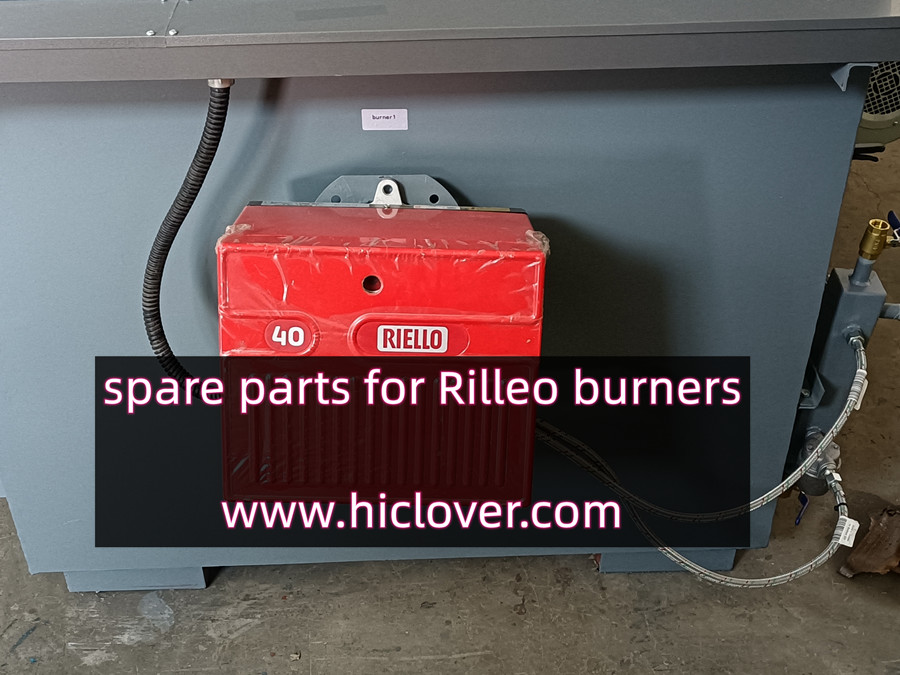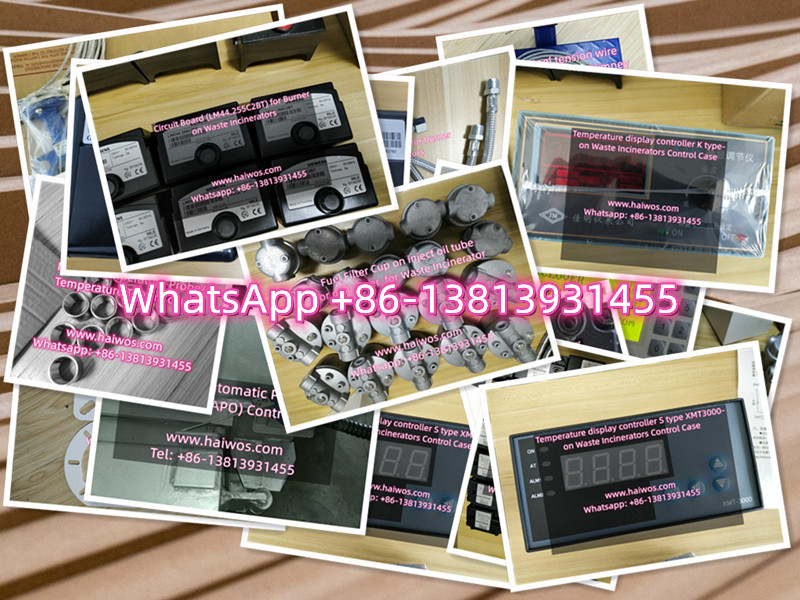Designing an efficient incinerator requires careful planning and consideration of various factors such as size, air flow, and temperature control. With the help of SketchUp, a 3D modeling software, you can easily visualize and design a highly efficient incinerator. In this step-by-step guide, we will walk you through the process of designing an efficient incinerator on SketchUp.
Step 1: Define the Requirements
Before you start designing the incinerator, it’s important to define the requirements of the incinerator. Consider factors such as the type and quantity of waste to be incinerated, the desired temperature range, and the available space for the incinerator. This will help you determine the size and capacity of the incinerator.
Step 2: Create a New Project in SketchUp
Once you have a clear understanding of the requirements, open SketchUp and create a new project. Set up the units and dimensions according to the requirements of the incinerator. This will ensure that the design is accurate and to scale.
Step 3: Design the Structure
Start by designing the basic structure of the incinerator. You can use basic shapes such as cubes and cylinders to create the primary structure. Consider factors such as the combustion chamber, the flue, and the air intake. Pay close attention to the dimensions and proportions to ensure that the design is functional and efficient.
Step 4: Add Components and Features
Once the basic structure is in place, you can start adding components and features to the incinerator. This may include features such as a secondary combustion chamber, insulation, and temperature control mechanisms. SketchUp provides a wide range of tools and features that allow you to create detailed and accurate designs.
Step 5: Consider Air Flow and Ventilation
Efficient air flow and ventilation are crucial for the proper functioning of an incinerator. Use SketchUp’s tools to create air vents, flues, and intake systems that allow for optimal air flow and ventilation. Consider factors such as the direction of air flow, the size of the vents, and the placement of the air intake to ensure efficient combustion and waste disposal.
Step 6: Test and Refine the Design
Once the initial design is complete, it’s important to test and refine the design to ensure its efficiency. Use SketchUp’s simulation tools to simulate the combustion process and analyze the flow of gases and air within the incinerator. This will allow you to identify areas that may need improvement and make necessary adjustments to optimize the design.
Step 7: Finalize the Design and Create a 3D Model
Once the design has been refined and optimized, finalize the design and create a 3D model of the incinerator. Add details such as access doors, control panels, and safety features to create a comprehensive and realistic representation of the incinerator.
In conclusion, designing an efficient incinerator on SketchUp requires careful planning, attention to detail, and thorough consideration of various factors. By following this step-by-step guide, you can create a highly efficient and functional incinerator that meets the specific requirements of your project. SketchUp’s intuitive tools and features make it easy to visualize and design complex structures such as incinerators, making it a valuable tool for engineers and designers in the waste management industry.



